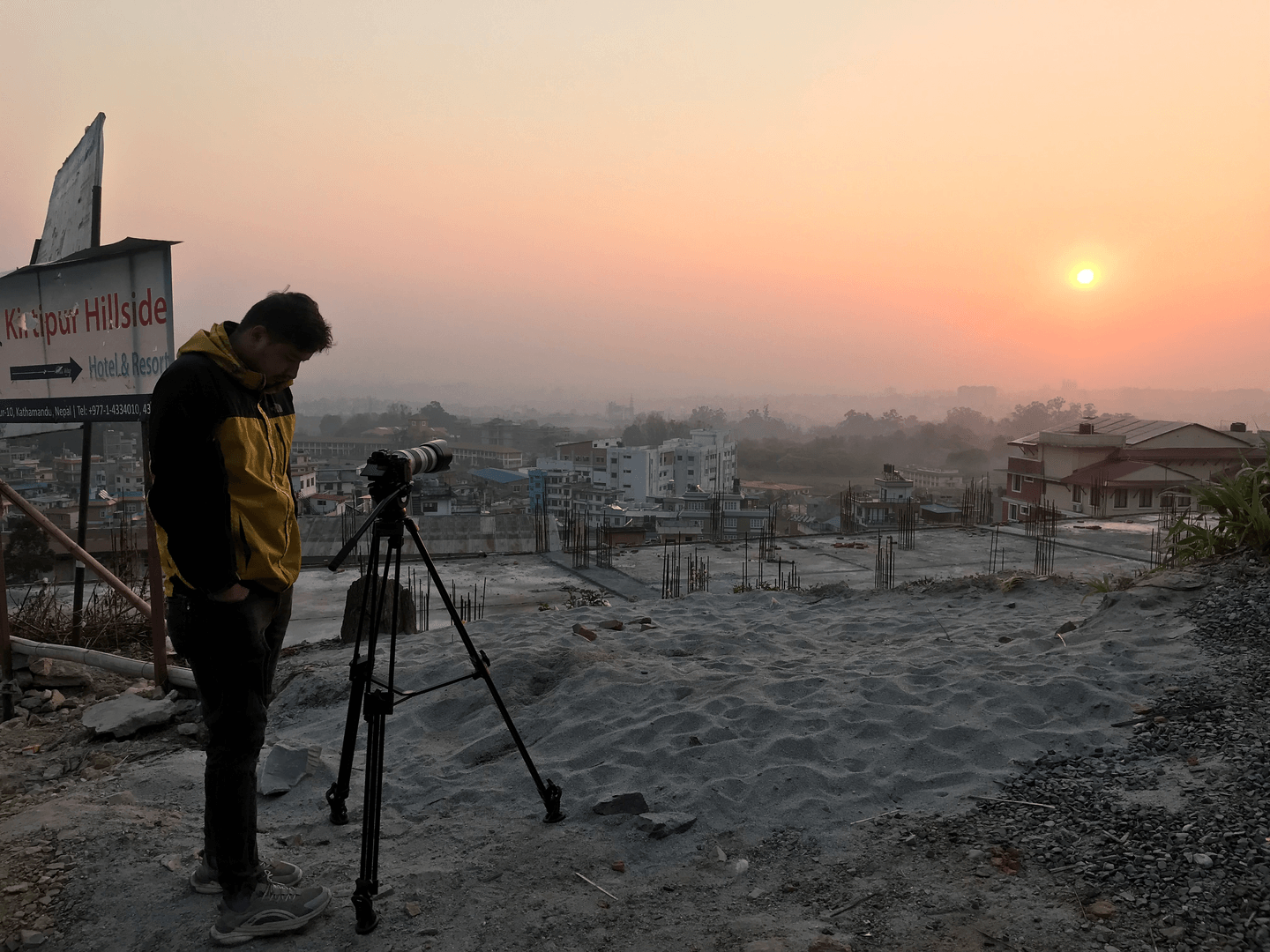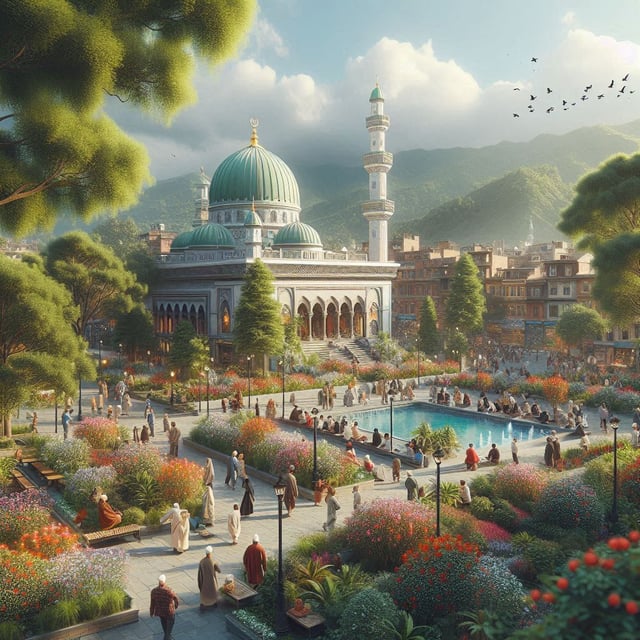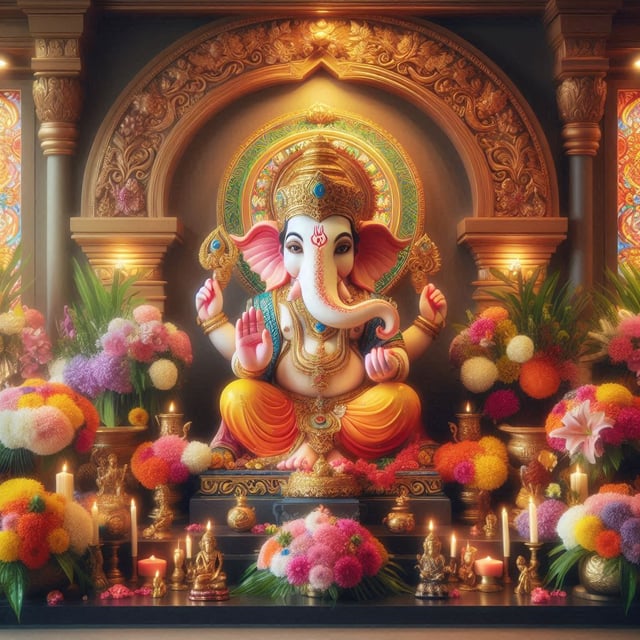Film Production in Nepal

The invention of the Camera happened in 1839, and the first photograph was taken in Nepal in 1863. Less than three decades later, the Lumiere brothers projected the first moving picture in 1895, but it took a much longer time in Nepal to shoot its first film.
The rulers of Nepal were afraid that Nepali would become aware of the world. In 1901, Prime Minister Dev Shumsher made provisions for the screening of videos for agriculture and education for the public, but it was met with resistance from his conservative relatives who stopped this endeavor.
Indian Prime Minister Jawaharlal Nehru pressured the Rana Prime Minister to establish a cinema hall, and the first cinema hall was opened at New Road, Kathmandu in 1949, where the Hindi film ‘Ram Vivah’ was shown.
Nepalese movie culture had a very difficult time thriving, partially due to the influential Bollywood culture in its neighborhood. Some consider Nepali and Hindi as mutually intelligible languages because Nepali speakers can understand Indian movies without any prior training or education.
Hindi a language with a large population is also equally rich in literature, an older history of movie production provides the edge with a far greater budget for film production making it a soft power center around the world.
Nepal literally has a tiny market and the Nepali audience already has an appetite for Indian movies and has remained popular in Nepal.
The first Nepali language movie was shot in Bombay, India, in 1951, and the first movie shot in Nepal was ‘Aama,’ which was set up by King Mahendra in 1964.
Nepali Film Production has remained weak because Nepal also has a very young literary culture. Even the first poem written in Nepali is attributed to ‘Prithvinarayan’ by Suvananda Das, assumed to be a Newar poet (Newar is a linguistic community of Kathmandu Valley with a rich literary culture) around the 18th century.
Early literature mainly compromised translations from Sanskrit, and the first novel, ‘Bir Charitra,’ was penned in 1903 by Girish Ballabh Joshi. This shows Nepal traditionally lacked the organic growth necessary to have a firm foundation to build a good story-telling culture.
The Nepali film market got the opportunity to develop after the Maoists came into the mainstream in 2006, and Nepal became a re Stories surrounding the Civil War provided a unique voice to Nepali movies- narratives of many Nepalese that attracted a global audience.
As of 2023, the annual worth of Nepali Film Market 2023 was only USD 12 million, with 46 Nepali and 86 foreign films being shown in the country in the given year.
Nepali literature started relatively late, and even foreign movies were prohibited in the country just to keep people ignorant.
There is also a growing tendency of various ethnic minorities to produce their own movies which have a richer literature than the most spoken language in the country. The only movie that received an Academy Award nominee for Best Foreign Film ‘Himalaya’ (aka Caravan) is a movie that depends on the Dolpo language of western Nepal.
Nepal’s cultural and geographical diversity, alongside its rich history and heritage sites, Nepal has a bright future in film production. The film production can also help introduce its magnificent art, architecture, and geography to a wider audience and could help boost its tourism sector and help build better educational material- it is an arm that could transform Nepal completely. Therefore, film production may have had a dark past but can have a bright future.
Author
Kripendra Amatya, Researcher, Nepa~laya Productions
Editor
Dana Moyal Kolevzon, Director of International Relations, Nepa~laya Productions
Published Date
January 1, 1970



